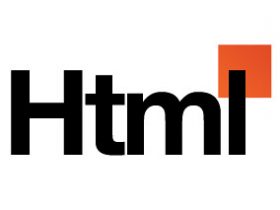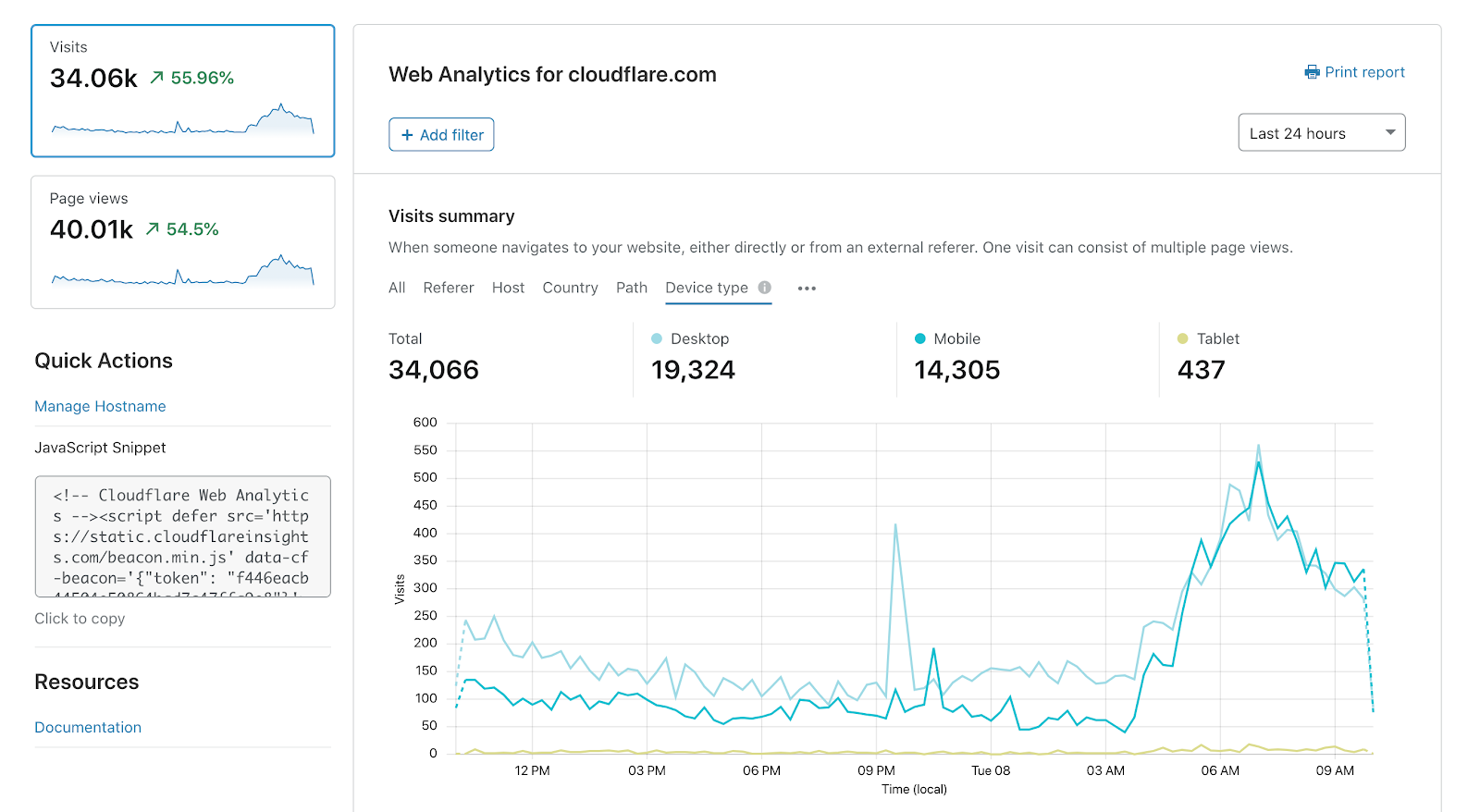Which functionality applies to html5 ads?
Which functionality applies to html5 ads?
If you are looking for an answer to your question “What functionality applies to HTML5 ads?” then read on. I will discuss the functional differences between Flash and HTML ads in detail. This will help you decide what functional applies to your specific needs and make you able to choose the right tool for the job. In addition, this article will also give you a brief overview of Flash versus HTML ads.
So, what is so important about Flash ads that it deserves a place alongside HTML ads? First of all, Flash ads are much cheaper than equivalent HTML ads. There is no free lunch in this world! But they are also much more effective. For instance, Flash ads can actually generate a higher return on investment (ROI) than comparable HTML ads because Flash ads are more visually stimulating.
Another advantage is that Flash ads are very flexible, allowing them to be integrated into any web page design, no matter how simple or complex it may be. So if you want your page to have an interesting animation or sound, then you can do it without any problem. The user never even notices that you are using ad space in your page!

But what about which functionality applies to HTML5 ads? To understand this fully, you need to understand the three major functions that ads perform in a page. The first one is called ‘content’. This refers to the text, images and other functional content that are on your webpage. The second function is ‘load time’ – how long a page takes to load the items that are trying to be displayed.
And finally, there is ‘latency’. This refers to how long it takes for your web page to actually display the ads. This last function can either be ‘bid tracking’ (the ads will show up when a certain keyword or phrase is searched for) or ‘CPC tracking’, which is used to determine the amount of money that you will be paid per click. So based on these three factors, we can now start to analyse which functions apply to HTML5 ads.
In summary, the first part of the question ‘which functionality applies to HTML5 ads?’ can be answered by saying that ads are just an element on your page. They are not elements that are built in the page themselves, so they don’t have a JavaScript engine like the rest of the elements. So from this we can conclude that in order to determine what functions apply to HTML5 ads we need to look at the structure of the page – what are the actual content and where does it go before it is displayed?





Leave a Reply